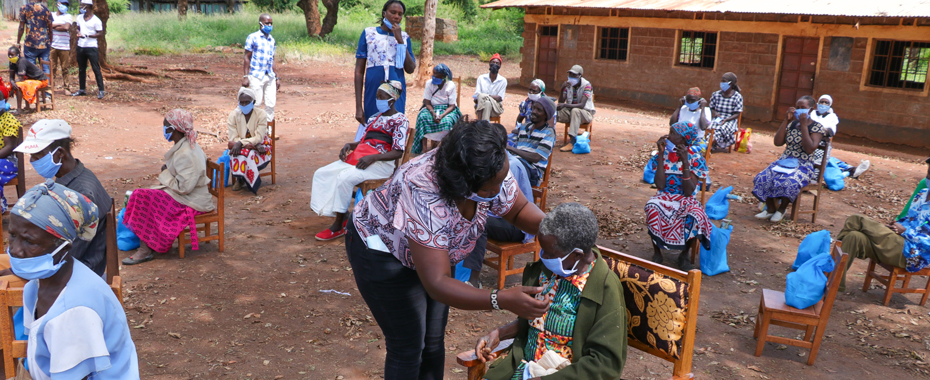
Access to Healthcare
Denis Ngai/Pexels
Key Facts on Access to Healthcare
The UN Political Declaration on UHC adopted by world leaders in September 2019 reaffirmed the commitment to progressively cover one billion additional people by 2023 with quality essential health services, with a view to cover all the world’s people by 2030.
Children: improving survival and well-being
Sub-Saharan Africa remains the region with the highest under-5 mortality rate in the world, with 1 child in 13 dying before his or her fifth birthday, 20 years behind the world average which achieved a 1 in 13 rate in 1999.
Two regions, sub-Saharan Africa and central and southern Asia, account for more than 80 per cent of the 5.2 million under-5 deaths in 2019, while they only account for 52 per cent of the global under-5 population.
Half of all under-5 deaths in 2019 occurred in just 5 countries: Nigeria, India, Pakistan, the Democratic Republic of the Congo and Ethiopia.
Nigeria and India alone account for almost a third of all deaths.
Top 10 countries with the highest numbers of deaths for children under-5 years, 2019
| Country | Under-five deaths |
|---|---|
| Nigeria | 858,000 |
| India | 824,000 |
| Pakistan | 399,000 |
| Democratic Republic of the Congo | 291,000 |
| Ethiopia | 178,000 |
| China | 132,000 |
| Indonesia | 115,000 |
| United Republic of Tanzania | 103,000 |
| Angola | 93,000 |
| Bangladesh | 90,000 |
The Sustainable Development Goals (SDGs) adopted by the United Nations in 2015 were developed to promote healthy lives and well-being for all children. The SDG Goal 3.2.1 is to end preventable deaths of newborns and under-5 children by 2030. There are two targets:
1. Reduce newborn mortality to at least as low as 12 per 1000 live births in every country; and
2. Reduce under-5 mortality to at least as low as 25 per 1000 live births in every country.
In 2019, 122 countries have met the SDG target for under-5 mortality and a further 20 countries are expected to meet the target by 2030 if current trends continue.
However, accelerated progress will be needed in 53 countries, which will not achieve the target by 2030 on current trends.
Meeting the SDG target would reduce the number of under-5 deaths by 11 million between 2019 and 2030. Focused efforts are still needed in sub-Saharan Africa and South-East Asia to prevent 80 per cent of these deaths.
Children: new threats to health
Progress on indicators of child health and well-being is currently stalled across the Sustainable Development Goal (SDGs) - No country is currently providing the conditions needed to support every child to grow up and have a healthy future.
(Data on Access to Healthcare is sourced from: WHO, World Bank, Our World in Data, Gapminder and OECD)
Join the TF Team